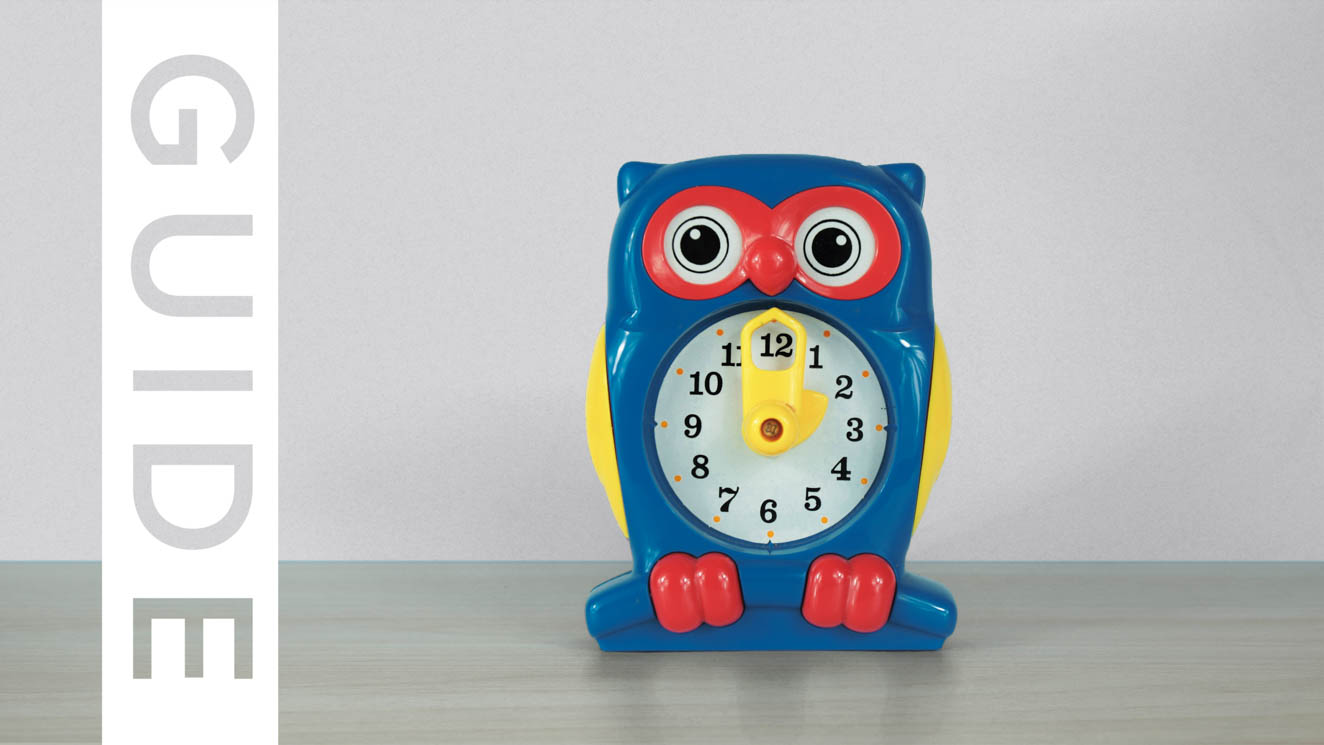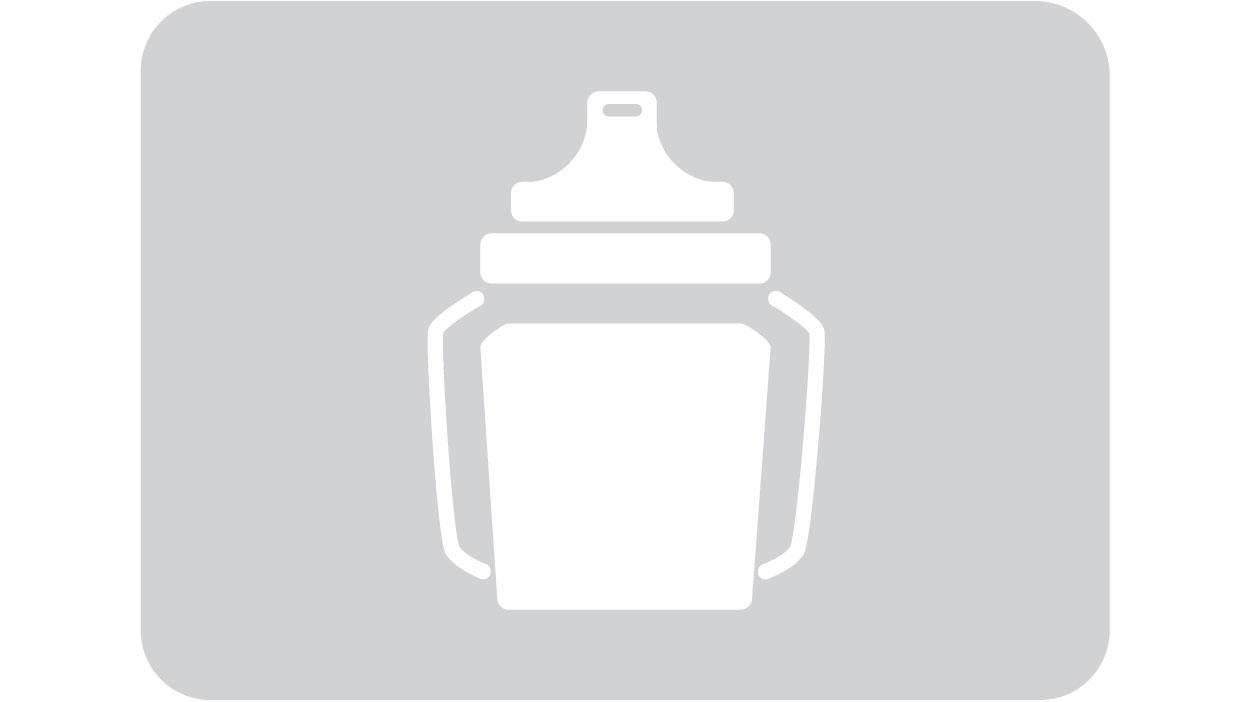

Approved by the What’s Up Moms Medical Advisory Board
So, at six months many babies are going through a couple transitions which can affect the daily schedule. Babies are typically starting solids at this time, so that’s one new thing to factor into each day (and, yup, we’ll tell you how). Also, for families opting to sleep train, the five-to-six month window is a common time to do it because by then your pediatrician may have given you the green light. All this is to say, you may be experiencing a lot of firsts this month and making some adjustments in your schedule. Brilliant! We won’t leave you hanging.
The skinny on scheduling solids
Different strokes for different folks, but it often works well to offer solids in between nursing/bottle sessions, like an hour or so later. That way, baby’s not too hangry or too full. And, remember, no pressure; baby may chow down or toss everything right onto the floor, and both are OK because at this stage, breastmilk or formula is still providing the bulk of their nutrients. You can start off giving solids once day or three times a day, but the more often they practice, the faster they learn.
Schedule-wise, you’re still…
- offering 3 naps a day
- allowing a 2-ish hour awake increment between naps (though later in the day, some babies can stretch that increment a bit).
- creating a reliable, predictable evening routine so baby can work on her healthy sleep habits. A wind-down routine should start around 6 or 7 (yes, this is definitely tricky if you have older kids or want baby to get some playtime with dad) and might include a warm bath, baby massage, books, a song. Whatever works for your family, the key is to just keep it consistent.
- likely doing a feeding or two during the night. For those wanting to sleep train, here’s a lay of the land.
And you’re also making sure to
- break disruptive sleep associations, like:
-
- nursing baby to sleep
- letting her sleep on you (a flat, stationary surface is best)
- rocking/ swinging/ strollering or otherwise cajoling her to sleep
New developments
Baby is developing object permanence, i.e. the understanding that things (and people) still exist even when they can’t be seen. She’s just beginning to wrap her head around this idea, which means you might start seeing some separation anxiety, including at bedtime. A special transitional object like a lovey really helps. (Hot tip: Make sure to have a few ‘twins’ in rotation!)
Sample Schedule for 6-month-old
7:00a- wake & feed (nurse or bottle)
7:30a- playtime
8:15a – offer solids for breakfast
9:00a- Nap #1
10:30a – wake & feed (nurse or bottle)
11:00a – playtime
11:45a or noon – offer solids for lunch
12:30p- Nap #2
2:00p- wake & feed (nurse or bottle)
2:30p- playtime – if you are home with baby, this is often a good window of time for errands, the park, etc, because if baby’s 3rd nap needs to be taken in transit, so be it, it’s often a shorter one anyway
4:00p- nap #3 (might be more of a catnap)
4:30p- wake & feed (nurse or bottle)
5:00- playtime
5:45p or 6:00p- dinner
6:30p- begin evening wind-down routine: bath, massage, books, song, etc.
7:00p- nurse or bottle (but don’t let babe fall asleep on you!)
7:30p- night-y night







